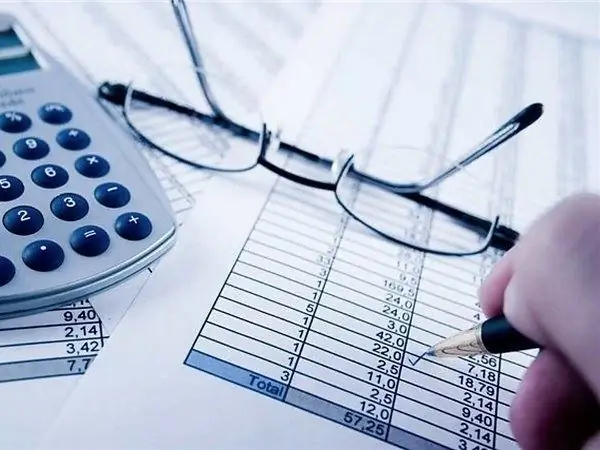- Author Isaiah Gimson [email protected].
- Public 2023-12-17 02:53.
- Last modified 2025-01-24 12:06.
The accounting department of an enterprise whose activities are related to taxable and non-taxable VAT is obliged to keep their separate records for various business transactions. Otherwise, the company may lose the right to deduct the "input" value added tax.

It is necessary
- - additional sub-accounts;
- - analytical reference books on income accrual.
Instructions
Step 1
Use additional subaccounts or analytical reference books for income accrual accounts in accounting. Follow the rule described in paragraph 4 of Art. 149 of the Tax Code of the Russian Federation, and develop a methodology for maintaining separate accounting of VAT-taxable and non-VAT-taxable business transactions.
Step 2
Add to the accounting policy of the company the procedure and rules for separate accounting for the amounts of VAT, which is presented or levied upon import to the territory of the Russian Federation. In proportion to the amount of products shipped, the sale of which in this period is not subject to VAT, partially include the "input" tax in its cost.
Step 3
Take into account the rest of the VAT amount. Provide separate accounting for the "input" value added tax and reflect it on account 19 "VAT on purchased values". Record the quarterly distribution of the PDS in the accounting statement.
Step 4
Model the accounting policy of the enterprise, taking into account the list of its products, related to both taxable and non-taxable value added tax activities. Write off the cost of the goods to account 44 "Sales expenses" or to account 26 "General business expenses".
Step 5
Take into account an important indicator when distributing "input" VAT and write down the procedure for calculating the cost of shipped goods in the accounting policy. Accept shipping costs excluding tax and use comparable figures in your calculation.
Step 6
Indicate in the accounting policy that you are acting on the basis of the rule described in paragraph 9, clause 4, article 170 of the Tax Code of the Russian Federation, and deduct the full amount of VAT. It is levied in the tax period when the share of the tax-exempt activity expense does not exceed 5% of the total total production expense. Write down the methodology for estimating the costs of production and VAT-exempt activities.






